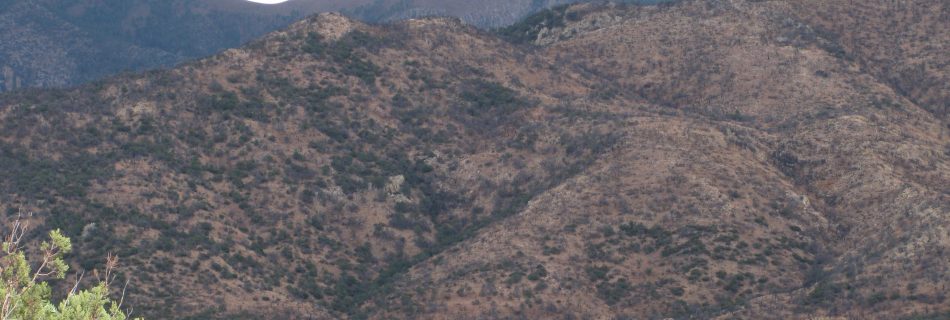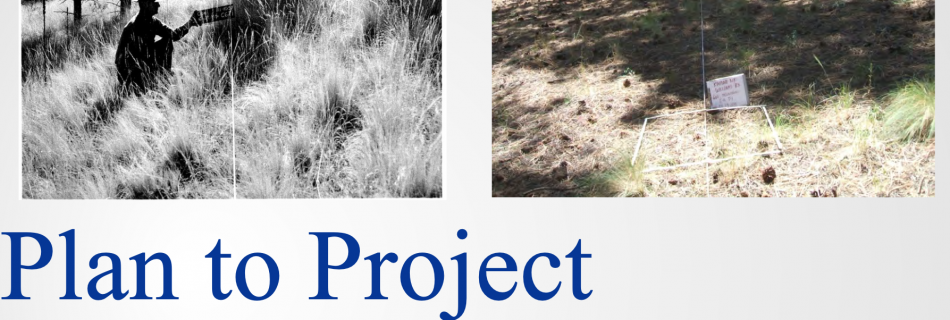April 16, 2014: The southwest fire season: 2013 overview and 2014 outlook
Presenters: Zander Evans (Forest Guild) and Chuck Maxwell (Predictive Services) This webinar provided an overview of the eight largest fires in the Southwest during 2013 based on the recent report from ERI and SWFSC. The webinar included summaries of forest types and burn severities for each of the eight fires. In addition, Chuck Maxwell, meteorologist …
Read more “April 16, 2014: The southwest fire season: 2013 overview and 2014 outlook”


